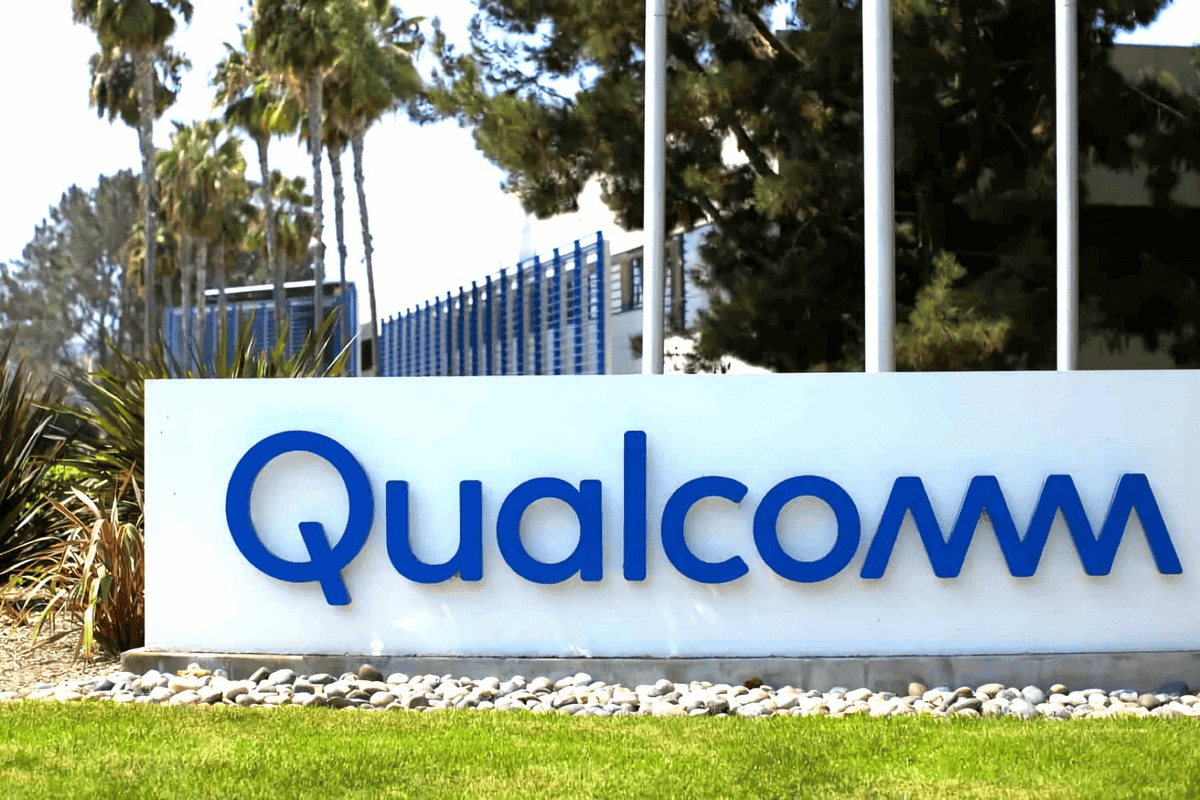Qualcomm CEO, Cristiano Amon has recently been discussing the potential of on-device AI and how it could revolutionize the mobile phone industry. In a Bloomberg Technology Summit, Amon explained why on-device AI is a big deal. He also discussed the opportunity ahead with AI in a Wall Street Journal interview. In a recent interview with Ben Thompson, Amon emphasized that AI is not just a talking point for Qualcomm. However, he claims that AI may bring some major advancements to mobile phones. From Amon’s comments, it appears that Qualcomm is working on something interesting.

On-device AI refers to the use of AI algorithms and models that are processed locally on a device. This is different from models that are sent to a remote server for processing. This means that the device can perform AI tasks without needing to be connected to the internet. On-device AI has the potential to improve the performance and efficiency of mobile devices. It could also enhance user privacy and security.
Next month, Qualcomm will hold the “Snapdragon Summit”. By then, Qualcomm may bring a major breakthrough in mobile technology.
Anmon said: “The Snapdragon Summit will be centred around incredible use cases for our original equipment manufacturers (OEMs) and mobile phones. It may create a new upgrade cycle for mobile phones.” Anmon also said: “While we Don’t know exactly when, but it will definitely happen.”
How AI Can Improve Mobile Phones
Amon believes that on-device AI could bring new life to mobile phones. By processing AI tasks locally, mobile devices could become more efficient and responsive. For example, AI could be used to optimize battery life, improve camera performance, and enhance voice recognition. AI could also be used to personalize the user experience, by learning from the user’s behaviour and choices. This could lead to more intuitive and seamless interactions with the device.
Another potential use of on-device AI is in the field of augmented reality (AR). By using AI to process AR content locally, mobile devices could provide more immersive and realistic AR experiences. This could open up new opportunities for gaming, education, and entertainment.
“You can see what Microsoft has done on the PC, think about the ability to run ChatGPT and other large language models natively,” Anmon said. “So when these things get into the hands of consumers, I think the impact will be It’s huge. We just have to wait.”
Anmon also said that in the field of AI, Qualcomm is taking a different path from its main semiconductor rival Nvidia. The company hopes to introduce AI into mobile phones and other devices rather than data centres. This is the major area of focus for its rival, Nvidia.
“We’re in a slightly different segment of the market,” Ammon said. “I think we see an opportunity. Once that opportunity becomes a reality, it will be vindicated for our efforts.”
Anmon also said: “Being able to observe market activity is important. We have heard a lot about generative AI, such as ChhatGPT and some other large language models, which are all running on data centres. We are doing some different and that is actually bringing AI to (personal) devices”.
Conclusion
Qualcomm CEO Cristiano Amon is optimistic about the potential of on-device AI to improve mobile phones. By processing AI tasks locally, mobile devices could become more efficient, responsive, and personalized. AI could also enhance the user experience by providing more immersive AR content. With the upcoming Snapdragon Summit in October, it will be interesting to see what new developments in mobile technology will be announced. The company is taking a different route from that taken by its arch-rival, Nvidia.





